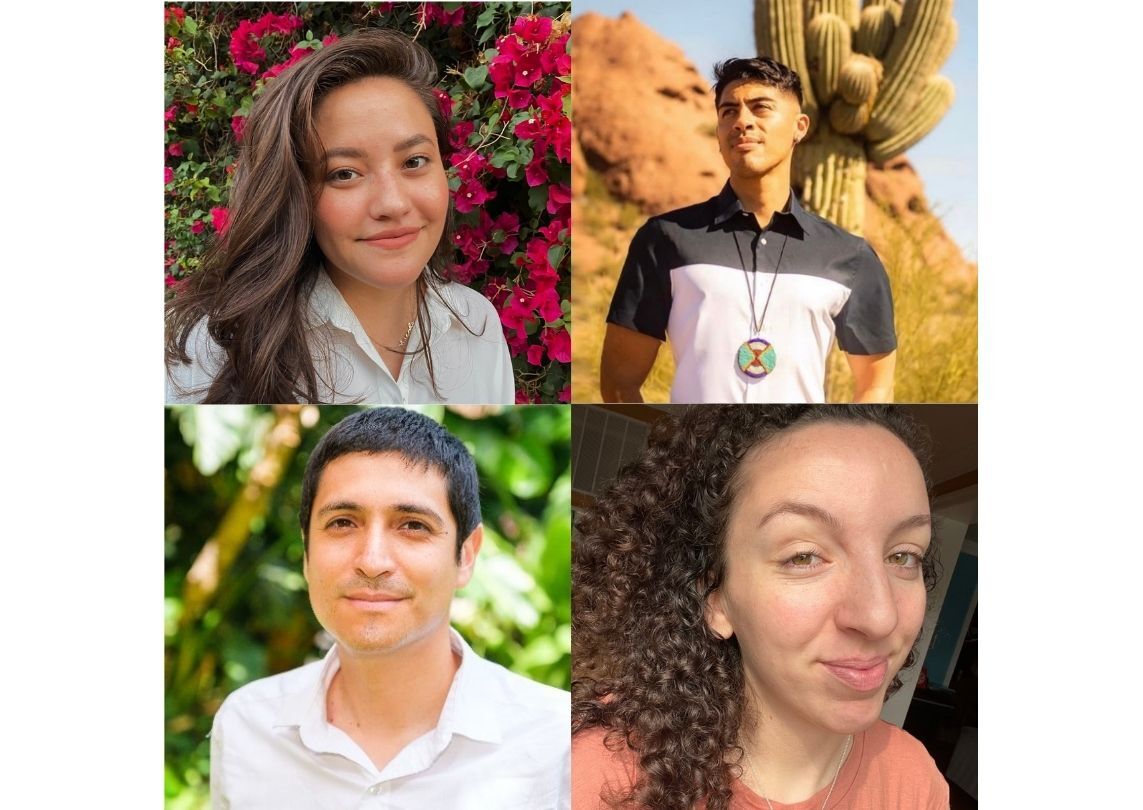It’s true that being both Native and Jewish is somewhat rare. In 2020, a Pew Research Center poll found that Jews make up around 2% of the overall population, and less than 1% of American Jews identify as Native.
But as populations grow and shift, being a Native Jew might no longer be such a rarity. According to Indian Country Today, the number of people identifying as American Indian or Alaska Native on the 2020 U.S. census, either alone or in combination with another racial identity, had risen to 9.7 million, an 86.5% increase from 2010.
[…]
Daniel Delgado, who is Quechua and Ashkenazi and whose Indigenous relatives mostly live in Peru, wishes mainstream Jewish communities understood being Native not as a racial identity, but as a political and cultural form of belonging. “Nativeness is not about race,” he says. “It is a complete, relational, land-based peoplehood.”
Brixton Lieberman, who is a Diné (Navajo) and Ndé (Mescalero Apache) Jew, describes the usual responses he gets from non-Native white Jews. “There’s usually some question about blood quantum, which is the amount of ‘Indian blood’ a person has,” he explains. “And some joke about how ‘we all have a little Native in us.’ A lot of people get confused because I’m Jewish and brown!”
Native Jews can also feel fetishized. “White Jews try to get a sense for how Indian I really am,” Daniel says. “And they’d rather hear about my Quechua customs than my thoughts on Torah.”
These comments might not be meant maliciously, but they reveal the systemic racism and ignorance embedded in mainstream American institutions, of which synagogues, Jewish day schools, and summer camps are a part. It is not uncommon for non-Native Americans to speak of Indigenous people in the past tense, or to forget that the struggles against violent colonialism are still being waged every day. The brutality of colonization continues to erase Native presence and deliberately create a sense of invisibility. The simple exclamation “We Are Still Here!” is at the forefront of contemporary Native art, media, and activism, including as the title of a children's book, photographic collection, and documentary.
[…]
Being Native and Jewish can place these historical narratives in relation to each other, highlighting similarities as well as differences. Anna discusses Ojibwe ties to her land, and how they shape her culture and way of life. “Being Indigenous strongly centers connections to our lands, but I don’t feel that as a Jew. There have been a lot of diasporas. I can’t speak for other Jews, but I do not see my Judaism reflected in [Zionism’s neocolony], and I don’t feel connected to it as a homeland. My grandmother didn’t claim Poland and Poland didn’t claim her. I wish I had the feeling I have about the area around Bad River for the places where my Jewish family grew up.”
Isabella emphasizes the importance of recognizing Judaism as a cultural marker. “Judaism isn’t just a religion—it is culture and family. My culture and family is also about Navajo language and community. I don’t have to choose—I can make things work for me in the ways I need to, and take care of all parts of me. My parents always encouraged me to take part in ceremonies and learn the language…It’s sweet to see the way they treat each others’ cultures and honor both for me.”
Like other multicultural Jews, this is what Native Jews want the larger Jewish community to understand—that they are not “divided” between two cultures but expanded by them. There is no one “correct” way to be Jewish. Native Jews are complete and beautifully diverse.


